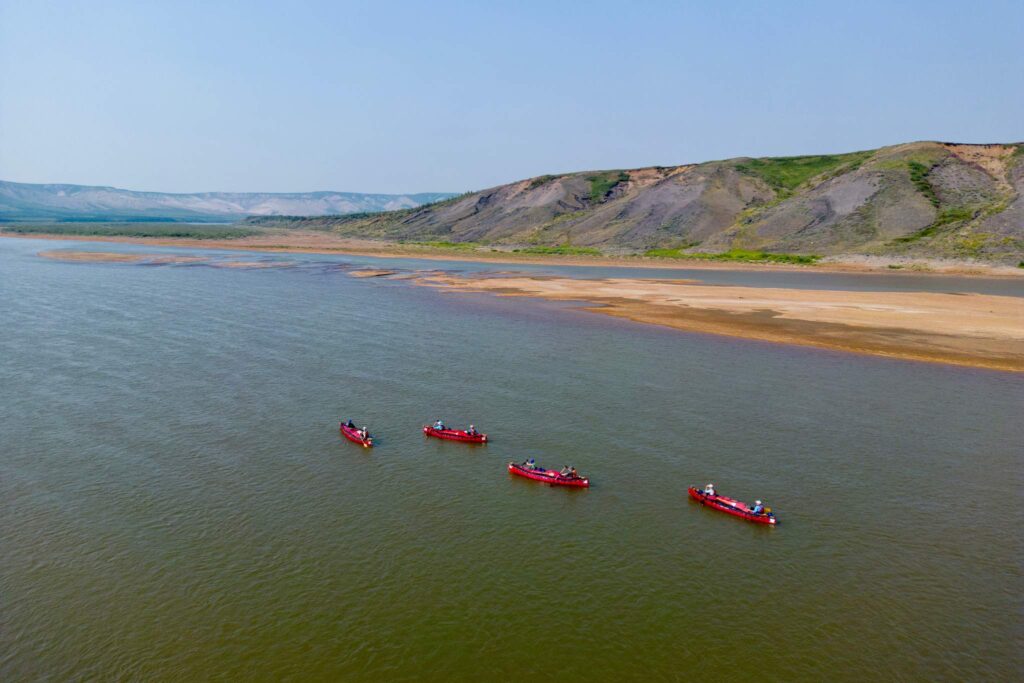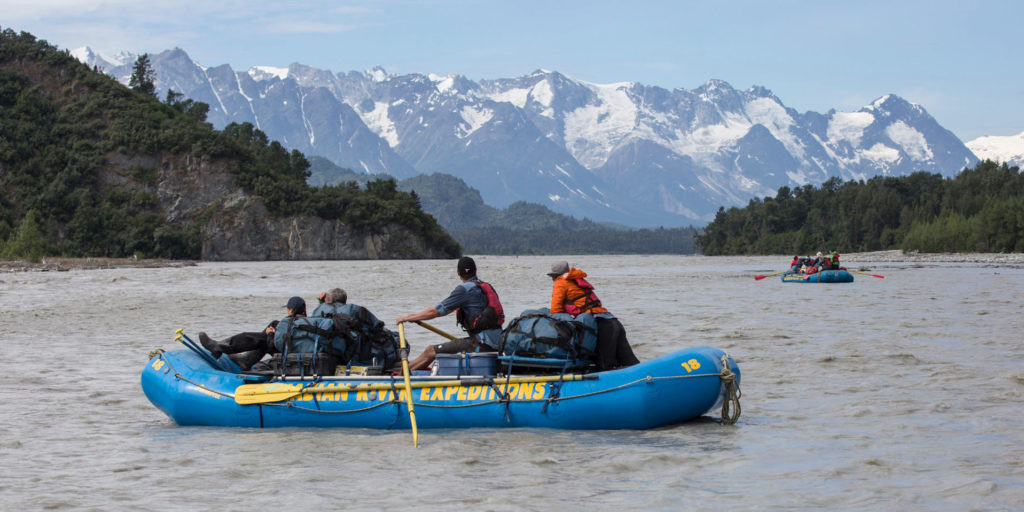Dreaming of paddling fun, bouncy whitewater surrounded by pristine northern wilderness, led by expert guides and fuelled on the finest expedition menu in the industry?
Are you a seasoned paddler looking for your next big adventure? Or perhaps you’re well versed in flatwater canoeing, but looking to broaden your horizons into the realm of rapids?
Whatever your prior paddling experience, honing your skills is an essential part of preparing for a wilderness canoe expedition.

Canoeing a river with the proper knowledge and skills is not only vital to ensure the safety of yourself and your fellow river travellers, it also allows you to maximise your enjoyment and get the most out of your time in the North!
Most of our canoe expeditions require Class II – III whitewater experience. To get river ready, we strongly recommend guests get out on the water for a few training runs in prior to joining us in the north.
Investing in a paddling course ensures you receive the proper training and will elevate your experience on the Nahanni, Mountain, Wind and other northern rivers!
To make your search easier, we’ve compiled a list of the best whitewater canoe instructors across Canada and the US so you can sharpen your skills close to home and focus on creating the memories to last a lifetime!
Ontario
Alberta
Vancouver Island
Victoria Canoe & Kayak Club (basic strokes, ferrying, eddy turns)
Elements – more advanced whitewater canoeing
Nova Scotia
New Brunswick
United States
Natahala Outdoor Center (Bryson City, North Carolina)
Lower Columbia Canoe Club host regular clinics and courses (Portland, Oregon)
The American Canoe Association is a great resource for learning about different paddling levels, finding instructors and various clubs you can join.
Other places to look
Paddle Canada has a great list of resources where you can find schools, instructors and courses near across the country.

Further Questions?
As always, if you have any further questions or can’t find the information you’re looking for, don’t hesitate to reach out. No question is too small and our friendly Expedition Planning Team is happy to help!











